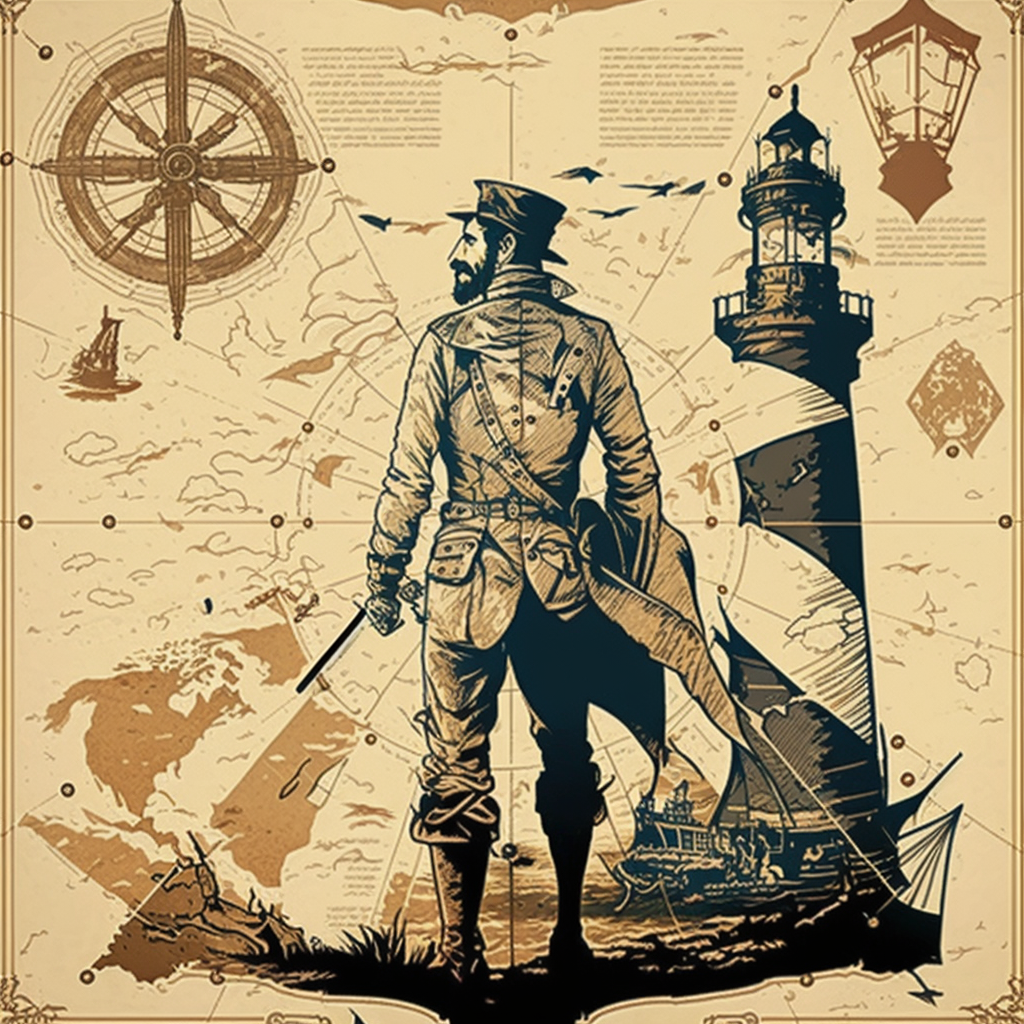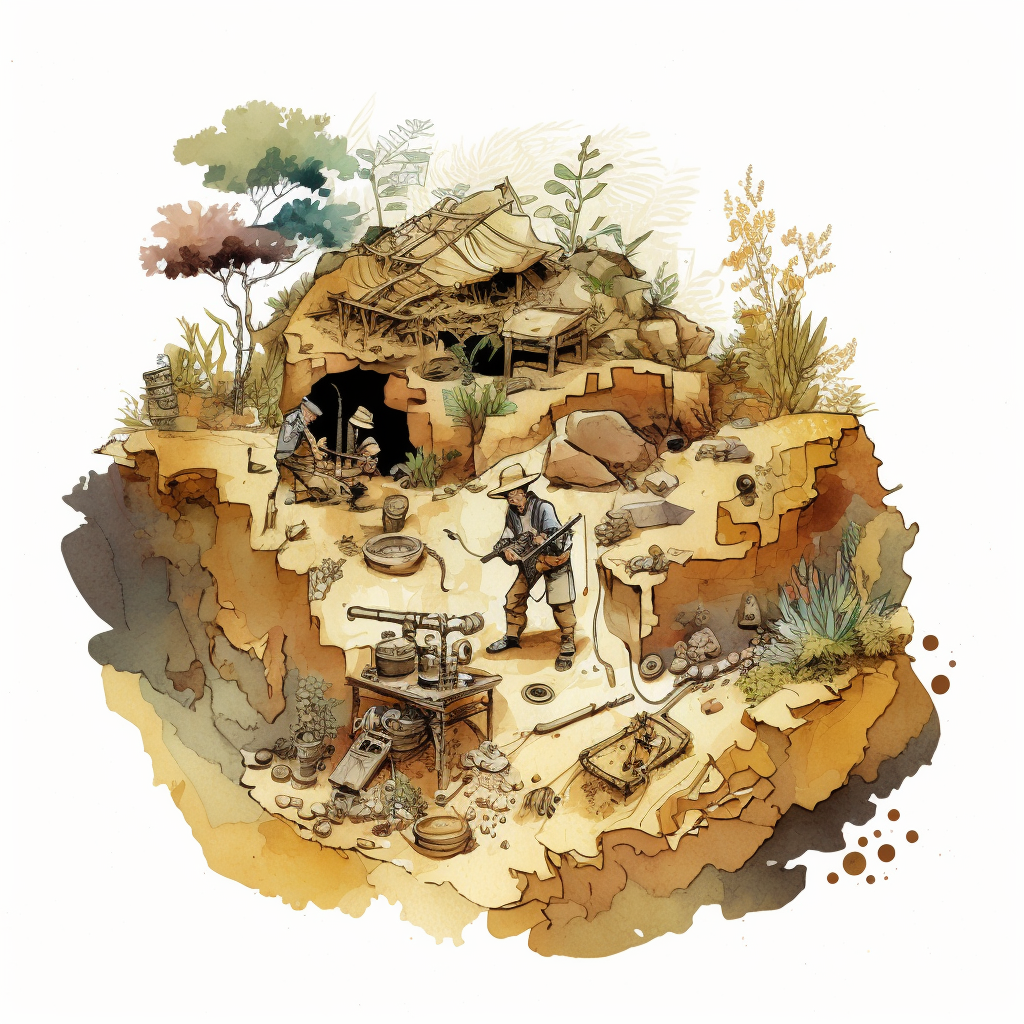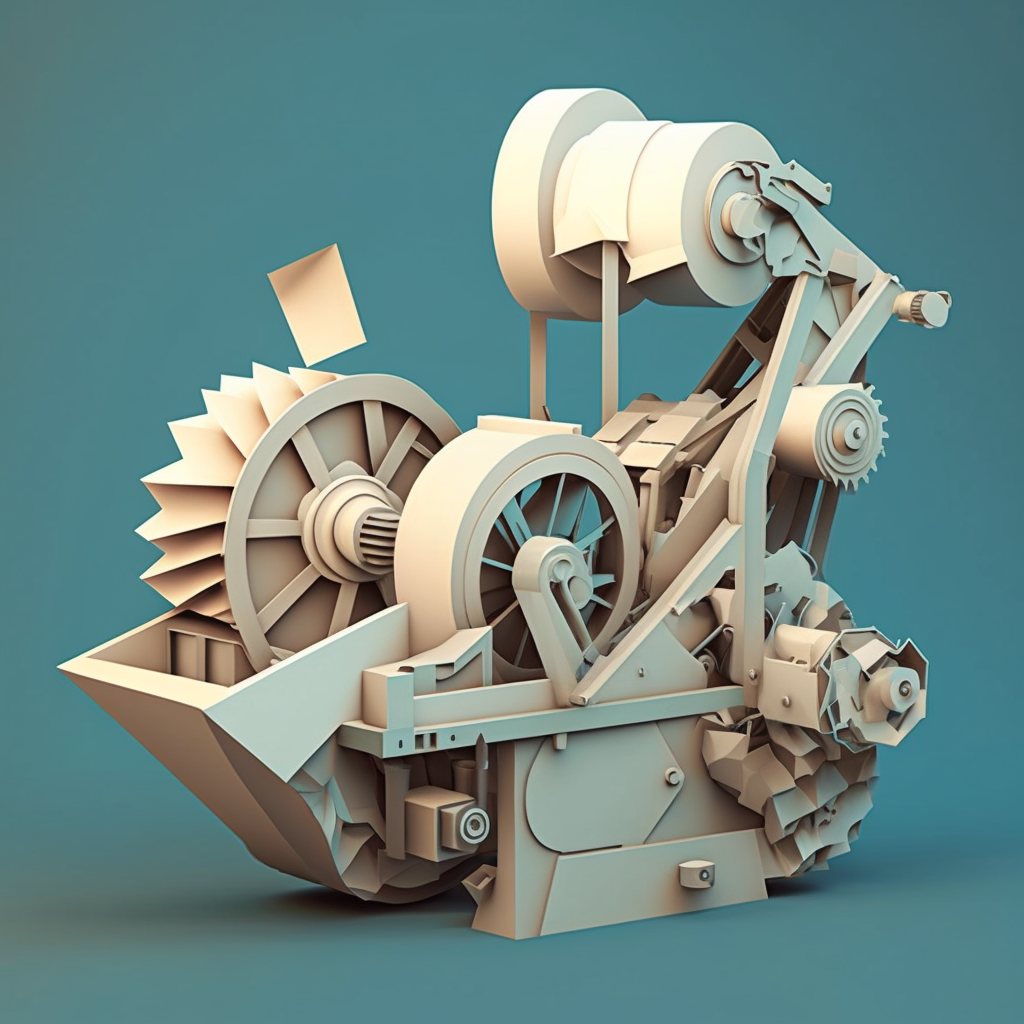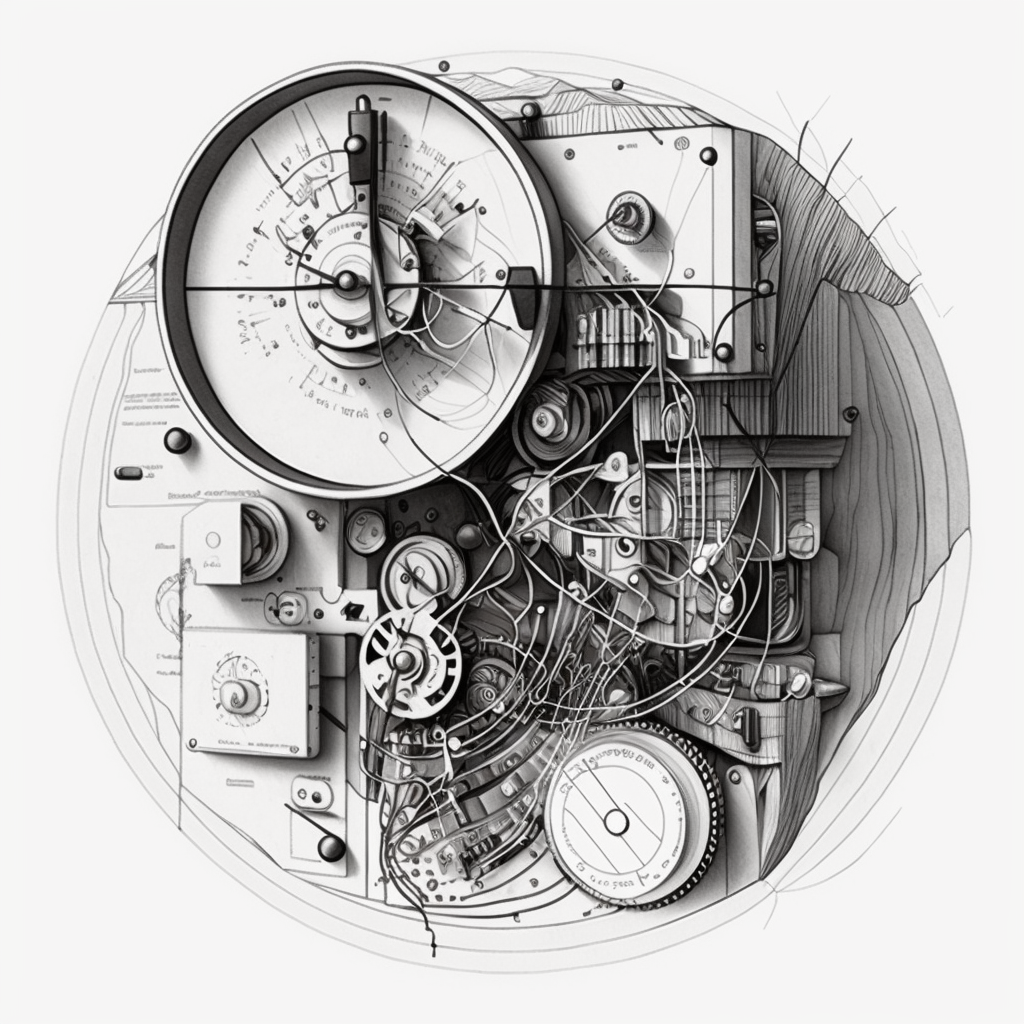📝Creating Product DocumentsWriting an Effective Product Requirements Document (PRD)
Writing an effective PRD requires careful planning and consideration. Follow this guide to learn how to write an effective PRD.

A product requirements document (PRD), also known as a product design document, is a vital tool used by product managers to define the vision of a new product. It provides an in-depth overview of what needs to be designed and developed, including feature specifications, user flows, system architecture, and other technical information. It serves as the blueprint for product development and should be shared among all stakeholders involved in the process.
When writings, functionality, user stories, technical specifications, and more.
Writing an effective PRD requires careful planning and consideration. Think of this as a living document helping to keep your teams on the same page.
Identify Your Goals and Objectives

Before writing your PRD, it's important to establish the goals and objectives of your project. This will provide you with direction when writing the document and help ensure that all stakeholders are aligned on the desired outcomes.
Success Metrics
Success metrics are essential for any product requirements document. They help break down and measure goals to keep the team accountable and on track.
When defining success metrics, it is important to consider what measures will reflect meaningful progress toward the completion of the project's objectives.
Collecting the data necessary to assess these metrics should occur regularly to ensure that performance remains on target with expectations.
Remaining aligned on success metrics is also a critical aspect of developing product requirements. To do this, you'll be communicating often with team members to continuously verify that all parties have a shared understanding of the expected outcome.
Customer Interviews

Gaining insights from potential customers is essential for understanding how your product should be designed and developed. Conducting customer interviews will help you identify customer pain points, preferences, and behaviors that should be addressed in your PRD.
One of the best ways to ensure your PRD is accurate and complete is by incorporating interviews into the creation process. By talking to actual users of your product, you can gain invaluable insights into their needs, wants, and pain points.
This feedback should then be used to inform the development of your PRD. In this blog post, we'll discuss how customer interviews can be used to create a PRD that accurately reflects the needs of your target audience.
User Testing vs. User Feedback
Before we dive into how interviews can help you create a PRD, it's important to understand the difference between testing and feedback.
User testing is a process in which users are asked to complete specific tasks using a prototype of your product. This helps you assess whether or not the design explorations you've made are effective in solving customer problems.
Interviews gathering feedback, on the other hand, are more open-ended. Users are simply asked to share their thoughts and opinions on your product, with no specific tasks to complete. This type of feedback can be incredibly valuable in shaping the direction of your product development.
The Benefits of Incorporating Customer Interviews Into Your PRD Creation Process

There are several benefits to incorporating interviews into your PRD creation process:
You Can Gain Valuable Insights Into Customer Needs, Wants, and Pain Points
By talking to actual users of your product, you can gain invaluable insights into their needs, wants, and pain points. This feedback should then be used to inform the development of your PRD.
You Can Ensure Your PRD Is Accurate and Complete
Incorporating feedback will help ensure that your document is accurate and complete. By talking to customers and understanding their needs, you can make sure that your PRD includes all of the necessary information.
You Can Create a Living Document
Incorporating interviews is a modern approach that will help ensure your document is relevant and up-to-date. By talking to customers regularly, you can stay abreast of any changes in their needs or wants and make sure that your PRD reflects those changes.
You Can Conduct Additional Research as Needed
If you find that you need additional information while creating your PRD, interviews can provide it. If there are any gaps in your understanding of your target audience's needs or wants, interviews can help fill them.
Customer interviews should be integral when creating a product requirements document. By talking to actual users of your product, you can gain invaluable insights into their needs, wants, and pain points—all of which should be reflected in your final document.
Additionally, conducting interviews allows you to ensure your PRD is relevant and up-to-date with the latest changes in customer needs or wants.
Write User Stories and Use Cases

Once you have identified the goals and objectives of your project, it's time to start writing user stories and use cases to outline how users will interact with the product or system being developed.
These should detail each user action within the system including inputs, outputs, error-handling processes, etc.
What is a user story?
A user story is a brief description of a feature from the perspective of the end user. They typically follow a simple format: "As a [type of user], I want [some goal] so that [some reason]."
For example, "As a customer, I want to be able to search for products by category so that I can find what I'm looking for more easily."
User stories are generally written at a high level and don't include a lot of detail. That's because they're meant to be used as a starting point for further discussion between the product team and stakeholders.
What is a use case?
A use case also describes a feature from the perspective of the end user. However, use cases go into much more detail than user stories.
A typical use case includes a description of the steps that need to be taken for the feature to be completed successfully.
For example, "A customer searches for products by category:
- The customer accesses the website's home page.
- The customer clicks on the 'Shop' link in the navigation bar.
- The customer clicks on the 'Search' box and types in 'women's clothing.'
- The customer clicks on the 'Search' button.
- The results page loads with a list of women's clothing items."
Use cases are useful when you need to provide more clarity around how a feature will work or when you need to flesh out the details of interaction before coding begins.
However, because they contain so much detail, they can be time-consuming and expensive to create—so you'll want to use them sparingly.
Both user stories and use cases have their place in creating an effective PRD.
When deciding which approach to take, consider how much detail you need to accurately convey your vision for the product.
If you're working on a complex project with many stakeholders, using both may be your best bet. But if you're working on something simpler or are short on time and resources, stick with writing stories—you can always add more detail later if necessary.
Establish Technical Specifications

After writing out user stories and use cases in your PRD document it's time to start building out technical specifications such as coding languages required for development or hardware specifications needed for deployment.
Be sure to consult with the relevant development team early on so they can provide input on any dependencies or limitations that may exist before getting started on development work!
Technical Specifications Checklist
As a product manager, it is your job to make sure that all of the requirements are met for the product you are responsible for. This can be a daunting task, especially if you are new to the role.
Core Team
The first thing that should be included in your PRD is a list of the core technical teams who will be responsible for developing the product.
This team should consist of individuals with diverse skill sets who can work together effectively to bring the product to life. In addition to listing the team members, their roles and responsibilities should also be specified.
Agile Environment
It is important to note that the product requirements document is typically created in an agile environment.
This means that the document will be constantly evolving as new information is learned and new insights are gained. As such, it is important to have a flexible and iterative approach when creating the PRD.
Product Development Process
The next item on our checklist is an overview of the product creation process that will be followed.
This should include information on how the team will work together to create the product, how progress will be measured, and what risks need to be considered.
Functional Specifications

Once the development process has been outlined, it's time to start getting into the nitty-gritty details of what the product needs to do. This is where functional specifications come in.
These should detail all the functionality that needs to be built into the product. They should also specify how this functionality will be implemented and tested.
Other Systems
In many cases, the product you are developing will need to integrate with a variety of systems.
For example, if you are building a website, it will need to integrate with your company's existing authentication system.
If this is the case, then your PRD should include information on how these systems will need to be configured for your product to work correctly.
Team's Knowledge
As you are writing the PRD, it is important to keep in mind what your team's current knowledge level is.
If there is any terminology or concepts that the development team is not familiar with, make sure to explain these things in detail so that everyone is on the same page.
Engineering Work
In addition to detailing what needs to be built, your PRD should also include information on any engineering work beyond core feature development that needs to be done for the product to meet all its requirements.
This could include things like performance optimization or security hardening. Engage with the engineer involved to ensure alignment with the engineering team.
All The Requirements
Last but not least, your PRD must include all of the requirements for your product. These requirements could come from various sources, such as customer feedback, market research, or regulatory compliance standards.
Regardless of where they come from, all requirements must be clearly stated and assigned to specific team members so there is no confusion about who is responsible for them.
Creating a comprehensive and well-organized product requirements document is essential for ensuring that your team has all the information they need to build a great product.
Review and Revise the Draft Document

Finally, after all of your hard work, it's time to review and revise the draft version of your PRD before submitting it for approval from stakeholders or other team members involved in the project!
Make sure that all sections are complete with accurate information and data before submitting a final version of the document for review/editing purposes if necessary. It's best not to think of this as a finalized doc, but as a living document.
It's easy to feel overwhelmed when it comes to revising a document, as it is not just about making sure the text looks great, but also about ensuring that everyone involved in the project has a shared understanding of the content and desired outcome.
Here are some tips for revising your product requirements document using stakeholder and team member reviews.
Establish Release Criteria
Before you begin your revision, make sure you have established clear release criteria. This means setting expectations for both business and technical teams on what is needed before the product can be released.
You will need to articulate what your business case is and how it aligns with technical capabilities. This allows other teams to understand why certain decisions must be made during revisions, so they can get onboard faster with fewer delays.
Collaborate with Stakeholders

Keep stakeholders informed throughout the revision process by checking in regularly and providing updates on progress. This helps build trust between stakeholders and product teams while also giving them an insight into how changes are being made.
Additionally, stakeholders can help ensure that revisions reflect their needs accurately, which makes it easier to get buy-in from teams involved in the project.
Involve Team Members
It's important to involve team members in the revision process because they know their areas of expertise best.
When team members are given ownership over certain sections of the document, they are more likely to take pride in their work and provide quality feedback that reflects their knowledge of their area.
Make sure to include team members in all conversations related to revisions so they have ample opportunity to share their thoughts on any changes being made.
Revising a product requirements document requires careful thought and collaboration among multiple stakeholders, team members, product managers, and other teams involved in the project's success.
By establishing release criteria at the beginning, collaborating with stakeholders throughout revisions, and involving team members in conversations related to changes being made, you can create a shared understanding across all groups that will ensure successful outcomes for everyone involved.
With these strategies in place, you will be well on your way toward creating an effective product requirements document that meets everyone's needs!
Conclusion

Writing an effective product requirements document (PRD) is no small task—it requires significant effort but can yield tremendous results when done correctly! It's important to walk through a consistent process.
- Identify goals and objectives
- Conduct market research
- Write user stories and use cases
- Establish technical specifications
- Review and revise a draft version of the document
- Submit for approval from stakeholders or other team members involved in the project
With these steps in mind, you're well on your way to creating an effective PRD that helps bring projects from concept through completion successfully!